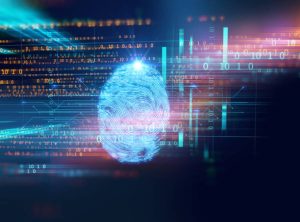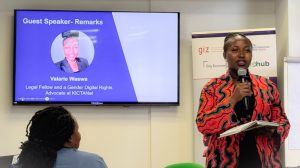Have you ever stopped to think about how technology is changing the lives of persons with disabilities? Before we get into that, it would be great to let you know that this series of educative blogs leads to why we need accessibility and inclusion in community networks. An initiative of KICTANet’s Digital Accessibility program on advocating for ICT access and equality for persons with disabilities.
Disability has been defined in several ways, but we can all agree that it is an evolving concept. It has been historically described in a number of ways. But it is arguable, and most recently defined through the human rights lenses, as a situation that results from the interaction between individuals with impairments and attitudinal and environmental barriers that hinder their full and effective participation in society on an equal basis.
This definition derived from the United Nations Convention on the Rights of Persons with Disabilities (UN CRPD) emphasises the need to be aware of the interactions between impairments and barriers.
Digital Barriers
Digital platforms are crucial to our lives today but may pose as marginalizations and discrimination. For example, individuals with disabilities often face barriers while accessing the Internet and other digital platforms. These barriers can be attributed to physical access, environmental settings, attitudinal factors, poverty, non-inclusive ICT policies, and digital illiteracy.
This creates an exclusionary environment that hinders their full social participation.
Great group discussions on Barriers and strategies for promoting digital accessibility in Community Networks! Insightful exchanges paving the way for a more inclusive digital future. #DigitalInclusion #CommunityNetworks #Accessibility
^NM pic.twitter.com/6H99OEHu8C
— KICTANet (@KICTANet) March 15, 2024
On the other hand, technology has been a driving force in transforming the lives of individuals with disabilities. It has revolutionised how they navigate the world, communicate, learn, and work.
Technology is a tool, and its advancements have significantly led to the socioeconomic development of the human race. Through innovative solutions, technology has not only enhanced accessibility but also broken down the barriers, empowering individuals with disabilities to lead fulfilling lives.
For instance, prosthetic limbs incorporating sensors and robotics provide more synchronised motions, while motorised wheelchairs with improved manoeuvrability have made mobility easier for individuals with disabilities.
Picture boards and speech-generating systems, like text-to-speech and speech recognition applications under Augmented and Alternative Communication (AAC) systems, have significantly enabled people with speech and hearing impairments to express themselves effectively.
That is how advanced technology is in the world of disability. However, more must be done to ensure that digital platforms are inclusive and accessible, starting from the grassroots and continuing to the community level.
We must strive for accessibility and inclusion in our digital world to ensure everyone can fully participate and thrive regardless of ability.
Nicodemus Nyakundi is the Digital Accessibility Program Officer at KICTANet. He has a background in Information Technology and is passionate about digital inclusivity.
![]()




